Are your plants dying? It could be from Salt Damage to Plants. We share our secrets of how to help your plants recover from too much salt!
Salt Damage to outdoor plants is a rare thing to happen in most parts of the country. It could happen from a faulty water softener if you use that water for your plants. Here are a few ways you may have Salt Damage:
- You live next to a highway or road treated with snow melt
- Your plants were watered with water from a faulty water softener.
- Plants were exposed to Hurricane Flooding and/or Flooding
In our case our plants were damaged by salt from one of the worst hurricanes to hit our area of Southport, NC! Hurricane Florence created storm surges at astronomic levels. Our outdoor plants were exposed to the type of flooding we had never witnessed before. Since this type of flooding was from the ocean and area saltwater filled bodies of water, it carried along heavy levels of salt and deposited into our soil.
After three weeks of being away from our home we came back to many damaged plants and sadly many plants that had died. Some plants like Sable Minor Palms thrived since they are so salt torrent others did not fair so well. Non-Native plants faired the worst and may not be able to recover come spring.
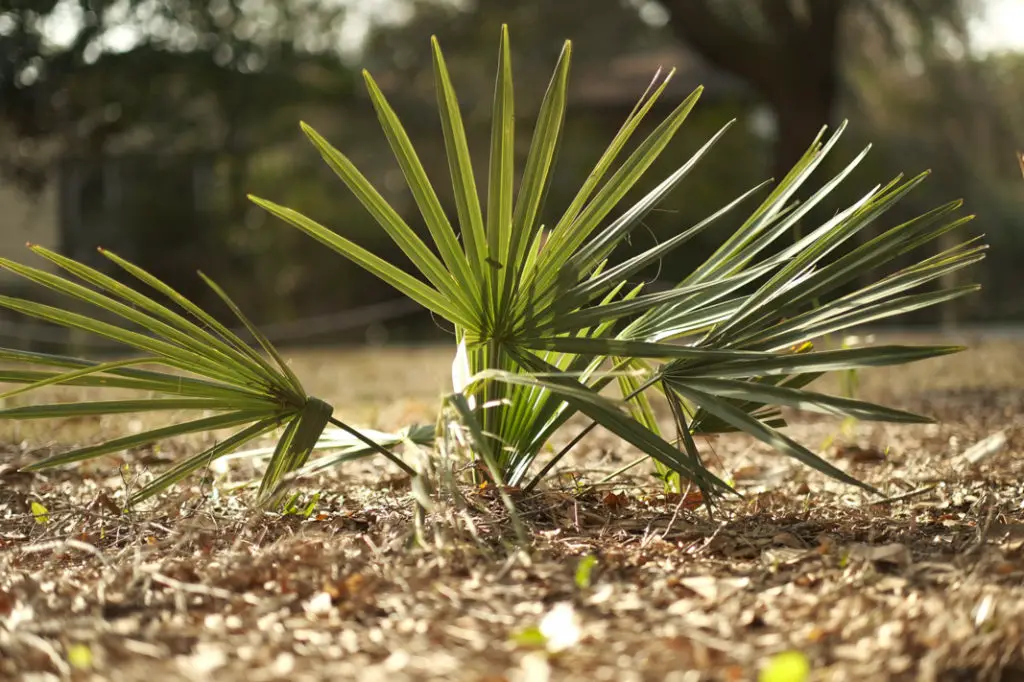
Signs of Salt Damaged Plants:
The salt damages the roots of the plants which causes no nutrients or water to get to the plant. After time the plants will start to yellow and parts will start will start to die and the plant growth will also be stunted. This only happens to more sensitive plants verses others are more salt torrent.
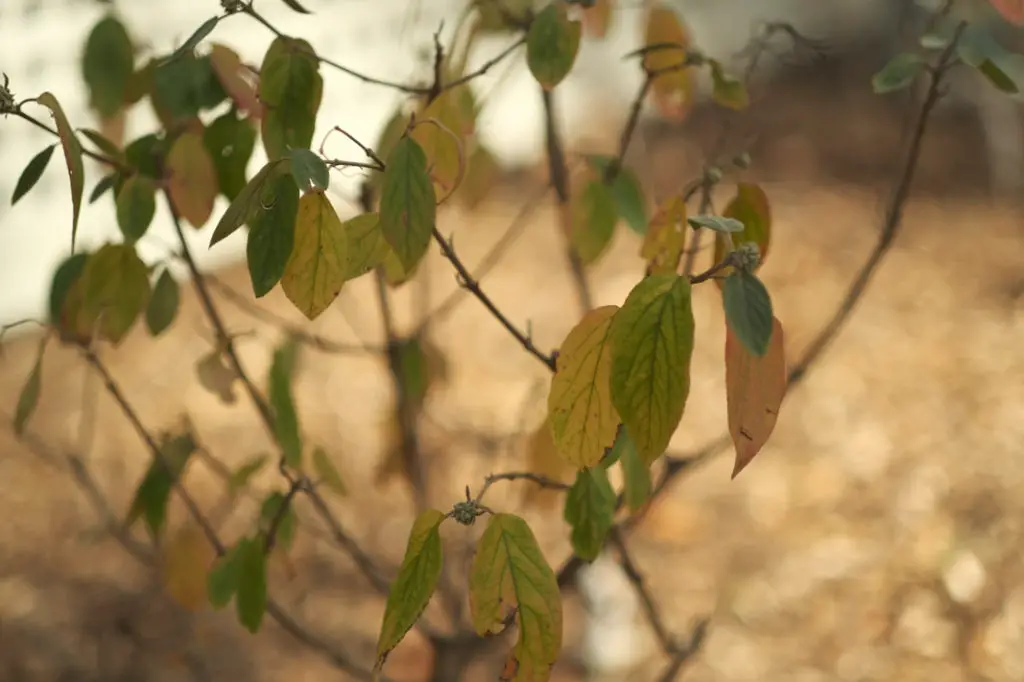
How to Protect Your Soil:
In most cases you could fix the faulty water softener or use less snow melt or even build up soil to redirect runoff. All these items would be things to look into to keep from having a constant battle. Another would be to think about more salt torrent plants and replace your damaged or dead plants with more salt loving native plants.
First Step Building Up Your Ground:
For us, we have started the process of building up the ground slightly and planting more native plants that are used to that occasional salt water flooding. We are hoping with just a few changes we can make a big difference to continue to have thriving plants in the future.
Next Step Leaching Your Soil:
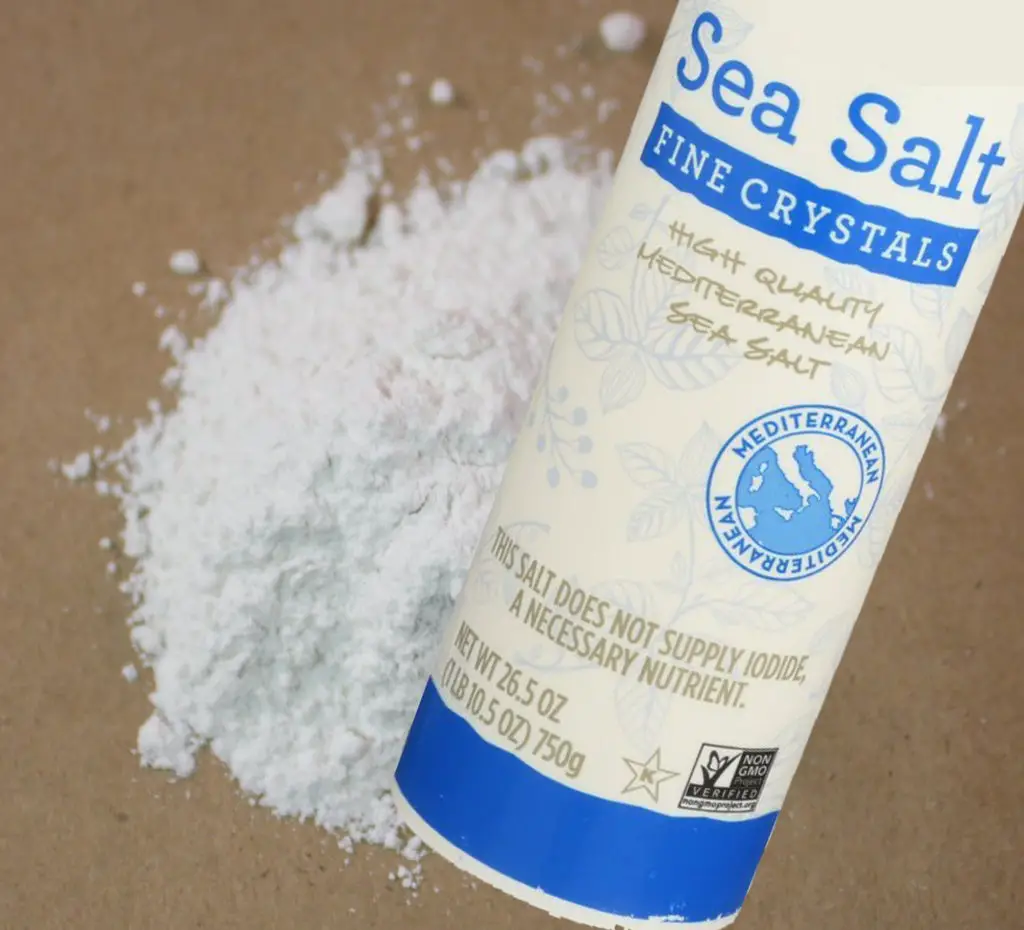
Once returning back home I went to the internet for advice of how to save the plants. Within my research I kept coming across the word “leach”.
There are serval ways to help leach one’s soil. The first way is to water the affected area thoroughly and often; making sure the water is draining well. If the soil is not draining well you can add organic material to the soil. This will assist with leaching of the salt below the root level.
Last Step Introducing Gypsom:
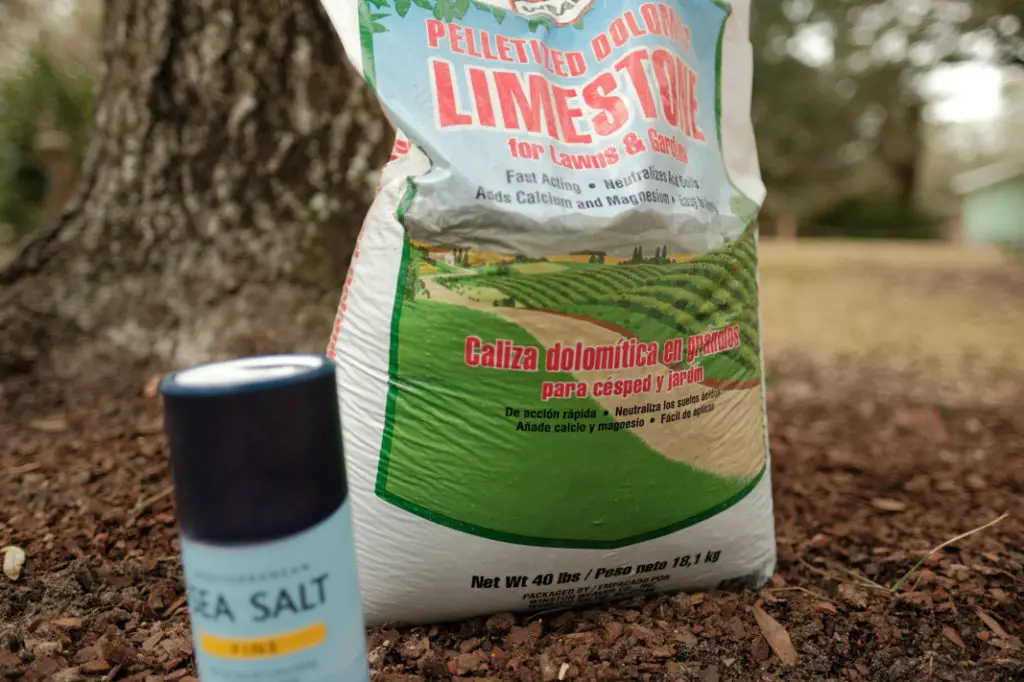
Introducing gypsum or Lime into the soil helps with the process. The calcium in these products helps to turn the salt into a solution that can be leached out from the soil. This can help to really speed up the leaching. A very good source I found was on the USDA website. They go into great detail of testing your soil as well as how to remedy.
I hope this blog helps the anyone who may have had salt damage to your plants! We were quite devastated with the sadness of our beloved plants, however things are starting to perk back up here at our Cottage.
Thank you for enjoying my Blog!
I sure do appreciate it and would love to hear from you in the comments!
Peace, Love, and Simple Living Friends!
~Erin


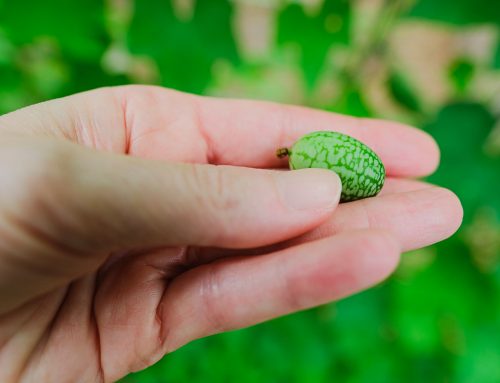
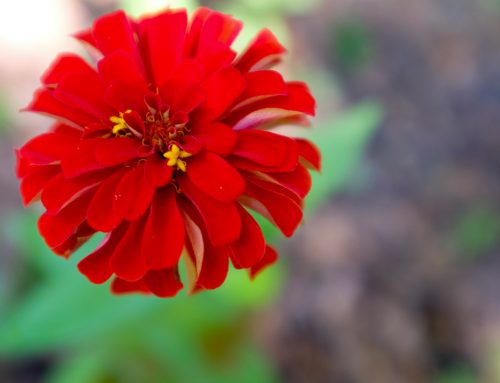
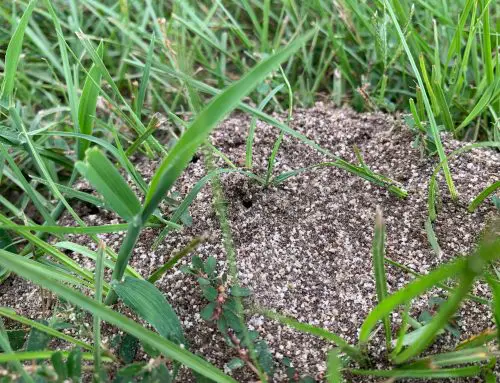
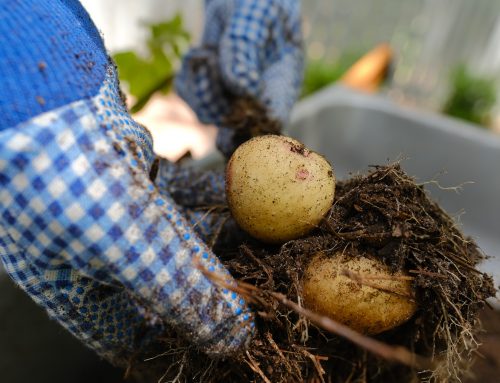
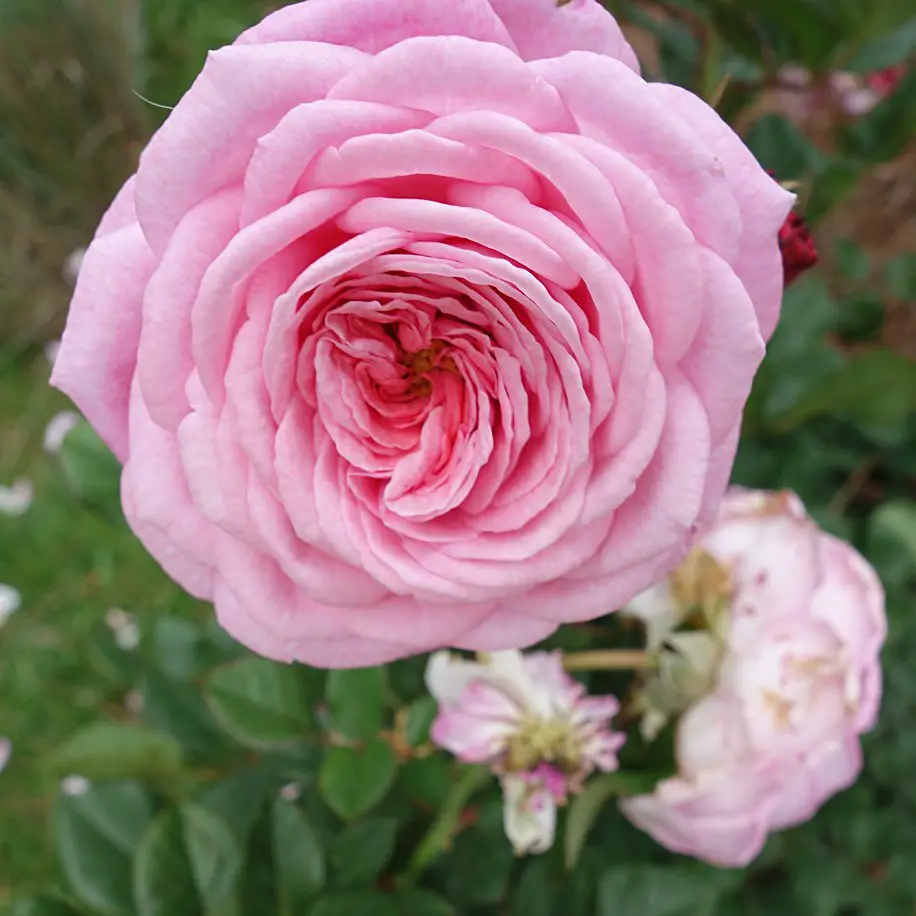
A very interesting read there!! I never thought plants can die due to salt damage. Wise selection of topics that teaches your readers something new every time.
Thanks Steve, glad you enjoyed it!
We were shocked by the salt damage…it was quite the learning experience!
I like how you pointed out that a faulty water softener affects the irrigation for plants. My wife and I were having problems with watering our plants and as reading this, we are considering fixing our irrigation. We are thinking of contacting water softener systems to help us out in this.